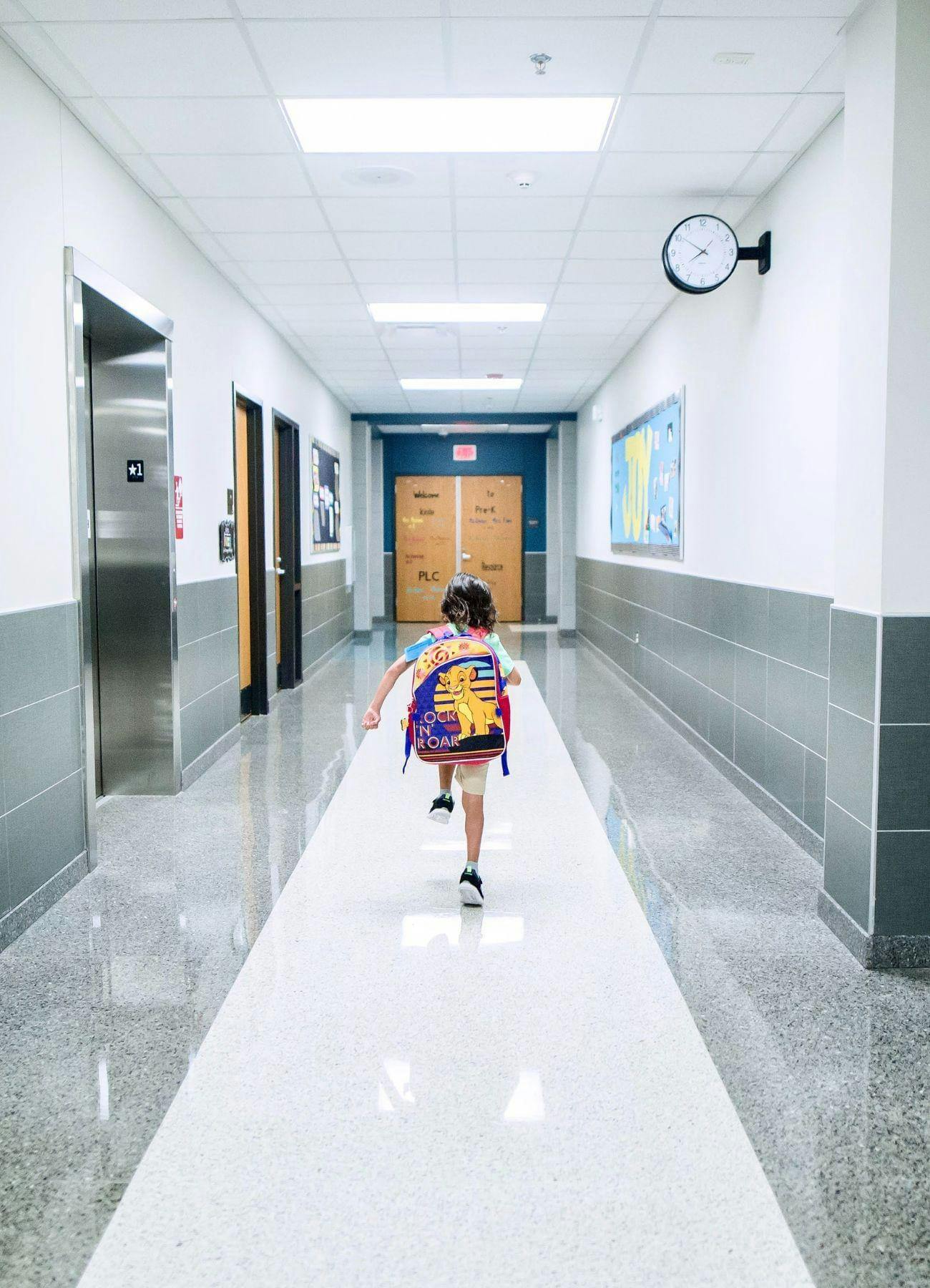
Blended learning, online learning and hybrid education
How should we approach digital cultural education? Both education and the world of young people are increasingly becoming more digital. This is why blended learning, online learning and hybrid learning offer interesting opportunities. After all, you want to spark and retain your student’s interest as much as possible! This article explains some of these concepts and gives a couple of examples.
In practice, the concepts of blended, hybrid and online are often used interchangeably. Wrongly so, thinks Barend Last, author of the book ‘Blended learning en onderwijsontwerp’ (Blended learning and educational design). For an explanation of these concepts we use the definitions from the animation series ‘Barend legt uit’ (Opens an external link) (in Dutch only).
What is blended learning?
Blended learning gives the student an enhanced, student-centred learning experience. It is a logical integration of various active educational methods in a lesson or project. The use of ICT is complementary and the mix of online and offline learning is well thought out. Blended learning requires specific working methods. Below we provide a number of examples of cultural projects, based on blended learning.
Examples of blended learning
Blended learning by means of a game
- An online game that is played by the children, combined with an educational toolkit in the classroom.
- A visit to the organisation on location to continue the game. The students investigate and use a smartphone to help find the solution.
Blended learning music
- An interactive assignment on the digital whiteboard about a piece of music, with an explanation about the instruments and musical themes.
- A school concert or visit with a performance of the discussed musical piece.
- Afterwards, a follow-up lesson in the classroom using the digital whiteboard and the students make music themselves.
Barend Last talks about the key points of educational design based on blended learning in a Kennisnet video (in Dutch only)
What is online learning?
With online learning, the entire lesson takes place online. The lesson is developed in such a way that it can be taught remotely. This type of learning can replace face-to-face activities.
An example of online learning
The Drents Museum owns the Grootste Poppenhuis van Nederland (Opens an external link) (Largest Doll’s house in the Netherlands), which reflects the history of Drenthe province in the 18th century. People are taken on a fascinating multimedia tour through the house by one of its residents. The museum has also developed a 360 degree tour so that the entire activity can be carried out online by groups of students.
The frequently used concept of ‘flipping the classroom (Opens an external link)’ is another variant of online learning. This simply means that the learning materials are available online.

What is hybrid education?
Hybrid education means that some students attend the classroom while others join virtually from home. The purpose of the online activity is to allow more students to see what is happening live. This type of education can make cultural education more accessible; for example for students with an impairment, or to enable students to view an (international) show that they would not be able to attend due to travelling times and distance.
An example of a hybrid activity
The educator of the Eise Eisinga planetarium in Franeker was asked to give a workshop to teachers who were doing a cultural coordinator course, whereby part of the group joined the workshop online.
Firs the educator showed the short film The Power of Ten (Opens an external link), which left the teachers wondering about the concepts of distance, space and time. He gave them a short design assignment that the teachers carried out in pairs. The group then shared their ideas and the participants who were physically present walked through the museum while the educator filmed this tour on his smartphone for the online participants. This way all the participants were able to take part.
Tips to get started with digital cultural education
Make agreements
It is important for you and your colleagues to agree on how you interpret the various concepts as well as on the purpose of developing digital activities for the students. Are these activities an addition or a replacement?
Stay up to date
Developments are occurring at a rapid pace. Keep track of the use of digital tools and available facilities at schools. If possible, consult with schools about the (digital) resources required for lessons.
Talk to your target group
The mindset of teachers and tutors changes too when it comes to online and face-to-face activities or a mix of these two. For an optimum alignment with the overall education programme, it may be a good idea to regularly talk to the teachers in your network about this.
In the article How do I approach digital cultural education? we offer five tips for developing digital content!
Join the Digital Cultural Education workshop
Do you assist cultural organisations with developing digital content for education? Would you like to expand your knowledge and skills and learn how to get the organisation on board your digital approach? Join the Digital Cultural Education workshop at the DEN Academie and take the next step.
